The plant of manuka (Leptospermum scoparium) is native to New Zealand and Australia, widely appreciated for its beneficial properties and for the production of the famous manuka honey, the most expensive in the world. In recent years, this plant has gained worldwide popularity due to its unique characteristics and versatility in terms of cultivation.
In the article we will explore how to grow Leptospermum scoparium in the garden or in pots, providing practical advice and essential information for obtaining luxuriant and healthy plants.
We will find out what are the ideal environmental requirements for the plant, including sunlight, the soil and the cultivation techniques necessary for its optimal development.
How is the manuka plant made?
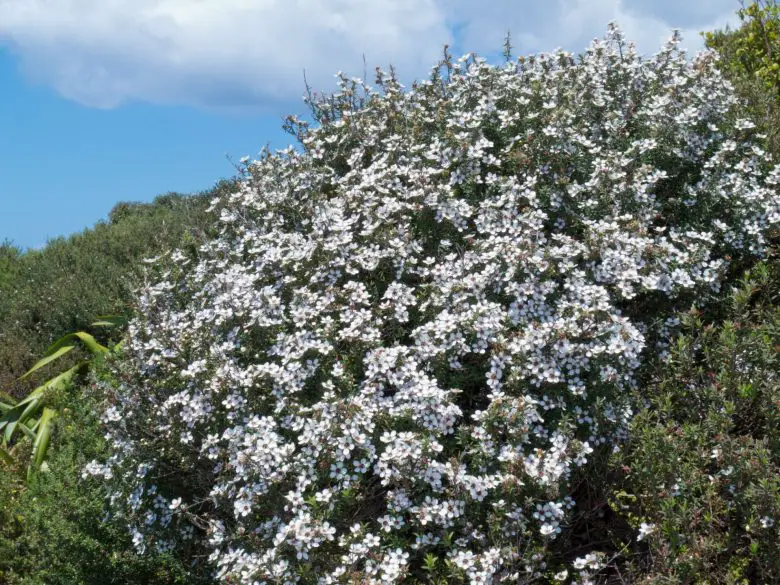
Leptospermum scoparium it is an evergreen plant belonging to the Myrtaceae family, therefore for example a relative of ours common myrtle.
This species has a shrubby or sapling habit, thickly branched, which can reach a height varying from 2 to 5 metres. The bark is fibrous and scaly, giving the tree a unique and interesting look.
Its leaves are small, narrow and lanceolate in shape, with a leathery texture. They are usually dark green on top and lighter green underneath.
The most distinctive feature of the manuka plant is its flowers. They are usually white, pink or red in colour, with numerous darker colored stamens which give the plant a very ornamental appearance. The flowers are fragrant and attract bees, butterflies and other pollinating insects, thanks to the great emission of nectar and pollen. Flowering, in our latitudes, occurs in spring-summer.
After flowering it produces small woody capsules that contain numerous seeds. These capsules open at the moment of maturation to release the seeds and favor the propagation of the plant in nature.
What are the most famous cultivated varieties of Leptospermum scoparium?
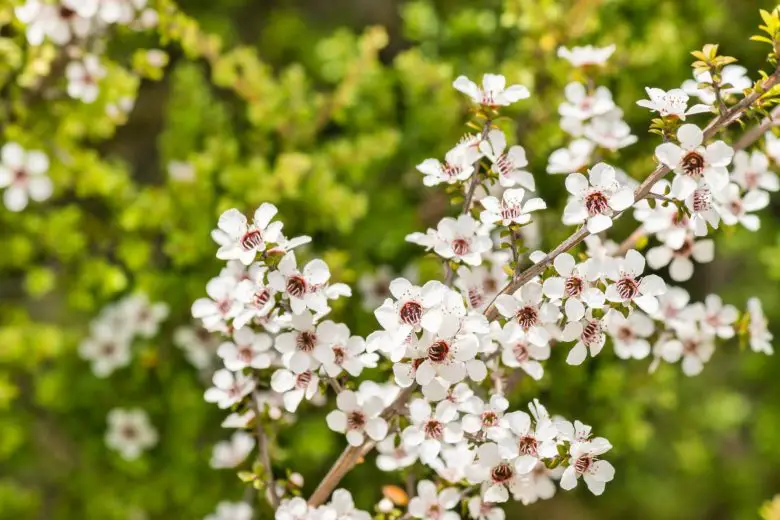
There are several cultivated varieties of manuka that are widely available in the market. The following are some of the better known varieties:
- Red Damask: this variety has intense red flowers, which make it very attractive from an ornamental point of view;
- Copper Sheen: Characterized by beautiful bronze-copper colored leaves, this variety adds a touch of color to the landscape;
- Burgundy Queen: variety that stands out for its bright pink flowers and leaves that take on shades of red and bronze during the winter;
- Nanum Rubrum: compact variety with a low and dense habit, ideal for small gardens or to be grown in pots, with intense pink flowers;
- Kea: appreciated for its pure white flowers and for its greater resistance to colder climatic conditions.
What is the ideal climate for growing manuka in the garden?
The optimal climate for growing a manuka plant in the garden is characterized by moderate temperatures and a temperate climate. This plant thrives best in areas with hot summers and mild winters, with average temperatures ranging between 10°C and 25°C.
In general, Leptospermum scoparium it prefers a climate that is neither excessively cold nor excessively hot. However, it can adapt to a wide range of climates as long as a few basic conditions are met.
It is important to note that manuka is cold hardy down to temperatures around freezing, but lower temperatures can damage or even kill it. Therefore, in regions with harsh winters, it is advisable to provide adequate protection, such as using covers.
Furthermore, it needs good exposure to the sun to develop optimally. It is best planted in an area of the garden that receives at least 6-8 hours of direct sunlight per day.
Cultivation of Leptospermum scoparium potted and protected from the cold
In a climate with colder winters, it may be more advisable to grow the manuka plant in a pot. Growing it in a container offers greater flexibility and ease of planting cold temperature protection during the winter months.
With the arrival of cold weather you can move the pot to a protected area such as an indoor environment, such as a greenhouse or veranda. This allows you to create a warmer and more protected microclimate for the plant, reducing the risk of damage caused by frost.
When growing the potted manuka plant, you can also move it to a sunny area during the warmer months, allowing it to benefit from more sun exposure and optimal growing conditions.
Ultimately, the cultivation of Leptospermum scoparium in a pot in a climate with colder winters it can offer greater control over environmental conditions and additional protection from harsh temperatures, allowing the plant to thrive even in such conditions.
What is the optimal soil for growing the manuka plant?
Leptospermum scoparium prefers well-drained, slightly acidic soil. Furthermore, the optimal soil for growing the manuka plant must be rich in organic matter and have good drainage capacity to avoid water stagnation which could damage the roots of the plant.
Ideally, the soil should have a pH between 5.5 and 6.0, which is considered slightly acidic.
The presence of organic matter in the soil is important for supplying nutrients to the plant and improving soil structure. You can enrich the land with mature compost or earthworm humus before planting to improve its fertility.
In terms of drainage, it is essential that the soil is not excessively heavy or clayey, as this can cause waterlogging and damage the roots of the plant. You can improve soil drainage by adding sand or perlite to make the soil more porous and airy.
How do you multiply the Leptospermum scoparium?
Manuka can be multiplied through several methods, including: cuttings, clump division and sowing.
For make a cutting of a manuka plant, take a portion of the branch from the mother plant, preferably from a young and healthy semi-lignified plant. Remove the basal leaves and immerse the base of the cutting in a natural rooting hormone to encourage the emission of new roots. Plant the cutting in well-drained soil and keep the substrate moist. After a few weeks, new roots should develop and the cutting can be transplanted into a pot or soil. The ideal time to do this is from spring to summer.
The clump division method can be applied if the manuka plant has bushy growth and several stems. Carefully dig around the bush or pull it out of the pot, divide the plant into smaller sections, making sure each section you get has healthy roots. Transplant the new divisions into pots or a new area of the garden.
Propagation by seed is a longer method and requires more patience. Gather ripe manuka seeds in the fall and remove any debris. Plant the seeds in spring, using a light, well-drained substrate, lightly covering them with a thin layer of soil. Keep the soil moist, but not overly soggy, and place the container in a warm, bright area. The seeds should germinate within a few weeks or months, depending on conditions. For the first year it is advisable to cultivate the plant in its original pot.
How much water to give a manuka plant in the ground or in a pot?
The correct watering for the Leptospermum scoparium it depends on several factors, including the climatic conditions, the soil, the age of the plant and whether it is grown in the ground or in pots. In open ground, during the first year of growth, it is important to keep the soil constantly moist, even if never excessively wet. In spring-summer, in the absence of rainfall, you can water the plant once or twice a week, providing enough water to reach the depth of the roots. Subsequently, once the plant is well established, you can reduce the frequency of watering and supply water only when the soil is totally dry on the surface during dry seasons.
Potted manuka plants require extra attention to watering. The soil in the pot tends to dry out more quickly than in the open ground. Check the moisture content of the substrate regularly and water when the surface of the soil feels dry to the touch. However, avoid excess water which could cause water stagnation and damage the roots.
It is important to adapt irrigation to the specific conditions of your environment. Take into account the climate, rainfall and the characteristics of the surrounding terrain. Observe the plant carefully and adjust the irrigation according to its needs, avoiding both lack of water and excess humidity.
Can manuka plants benefit from mulching the soil?
The shrubs or small trees of Leptospermum scoparium can benefit from natural soil mulch. Mulching is a practice that consists of covering the soil around plants with a layer of organic material, such as straw, leaves, bark or cut grass. This layer of material performs several beneficial functions for plants.
First, mulching helps reduce water evaporation from the soil, maintaining a more humid environment around plant roots. This can be particularly beneficial during periods of dry or hot weather when plants may suffer from lack of water.
A layer of mulch on the soil prevents weeds from growing by limiting the amount of sunlight reaching the weeds. This reduces competition for nutrients and space, allowing manuka plants to grow without being choked by weeds.
Mulch also acts as a thermal insulator, helping to maintain a more constant temperature in the soil. This can be useful to protect the roots during thermal extremes, both in summer and winter.
Finally, as the mulch breaks down, it slowly releases nutrients into the soil, improving its fertility.
When applying mulch be sure to use organic materials that are free from chemicals or contaminants that could harm your plants.
How to prune the Leptospermum scoparium?
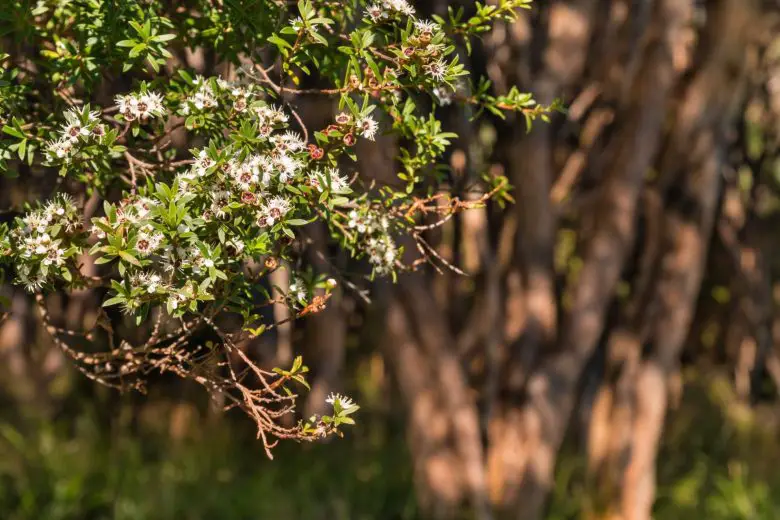
Pruning the manuka plant can help keep it healthy, compact and promote better flowering.
During the first years of growth, you can carry out formation pruning to favor a well-branched structure and a balanced habit of the plant. Cut back weaker or malformed branches and remove any branches that grow too close to the ground. Over the years the plant can develop dense growth. You can carry out thinning pruning to remove old, dead or damaged branches, favoring the entry of light and air into the center of the plant. Also remove any branches that cross or hinder the desired shape of the plant.
After flowering, you can do a light pruning to remove dead flowers and encourage the formation of new shoots. Cut flowering branches just above a side node or shoot.
Be sure to use clean and sharp pruning tools to avoid injury to the plant. Manuka pruning is best done in early spring, before the active growth phase begins.
What Are Manuka Plant Pests?
The Leptospermum scoparium can be subject to the attack of various parasites, here are the most common:
- aphidsThese small, soft insects suck sap from the plant and can cause damage to the leaves and shoots, compromising the overall health of the plant. They are fought with timely action based potassium soft soap;
- red spider mite: these microscopic mites feed on the juices of the plant and cause yellowing, desiccation and loss of leaves. Spider mite damage is often evident by the presence of fine spider webs on the surface of the leaves. They are eliminated from the plants with sprays of water on the vegetation which block their life cycle;
- cochineal: scale insects attach themselves to the leaves and branches of the plant, sucking the sap. They cause yellowing of the leaves, deformations and a general loss of vigor of the plant. They are eliminated with a specific product allowed in bio, i.e. themineral white oil.
What are the diseases that attack the Leptospermum scoparium?
Among the diseases that put manuka plants at risk we point out:
- root rot: this fungal disease can affect the roots of the plant, causing yellowing of the leaves, withering and rotting of the roots themselves. Excessively moist soil or insufficient drainage can favor the development of root rot;
- powdery mildew: White powdery mildew appears as a white, powdery covering on leaves and flowers. It can cause yellowing and wilting of the leaves, compromising the appearance and health of the plant. At home it is easily prevented using baking soda
What are the peculiarities of the famous manuka honey?
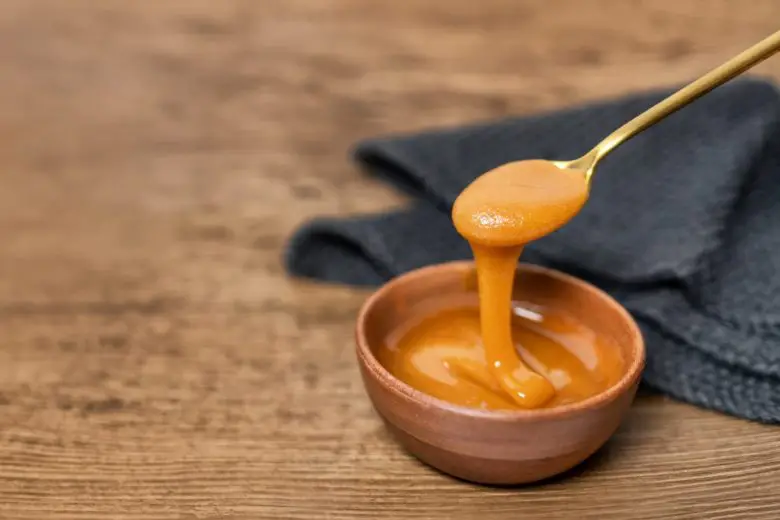
Manuka honey is famous all over the world for its unique and health-promoting properties. The distinctive characteristics of this honey are mainly attributed to two key components:
- antibacterial activity: this honey contains a compound called methylglyoxal (MGO), which gives it more powerful antibacterial and antimicrobial properties than other types of honey. The antibacterial activity of manuka honey is measured by its MGO content.
- Antioxidant activity: Manuka honey also contains antioxidants that help protect the body from damage caused by free radicals. Antioxidants may play a beneficial role in overall health and well-being.
What makes manuka honey among the most expensive in the world is its relatively small production and growing popularity. The manuka plant flowers for only a short time each year and only grows in certain regions, which limits the amount of nectar available to bees. Furthermore, the production of manuka honey requires a high quality control process and certification to ensure the authenticity and quality of the product. These factors contribute to the higher cost compared to other types of honey.
It is therefore important to emphasize that the authenticity of manuka honey can only be guaranteed through certification by recognized bodies, such as the Manuka Honey Association in New Zealand or the Unique Manuka Factor Honey Association in Australia. If you want to try it, here you will find a selection of certified products.

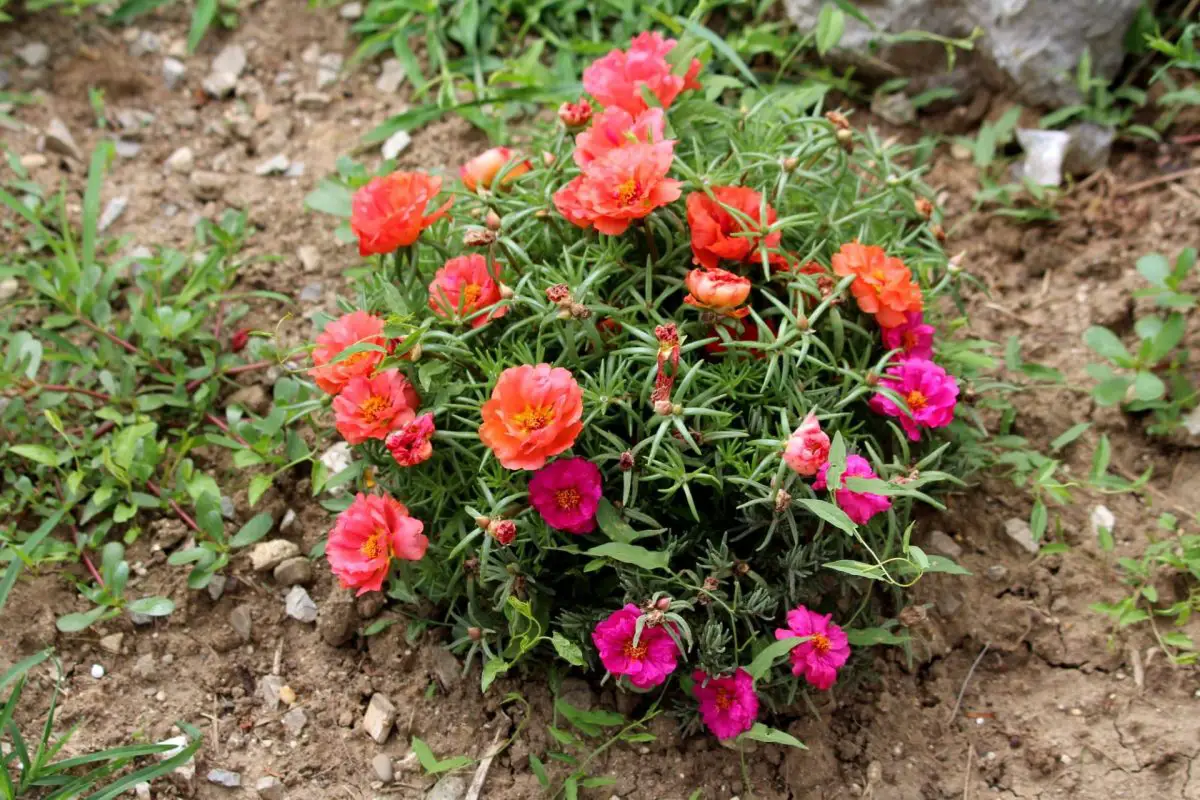
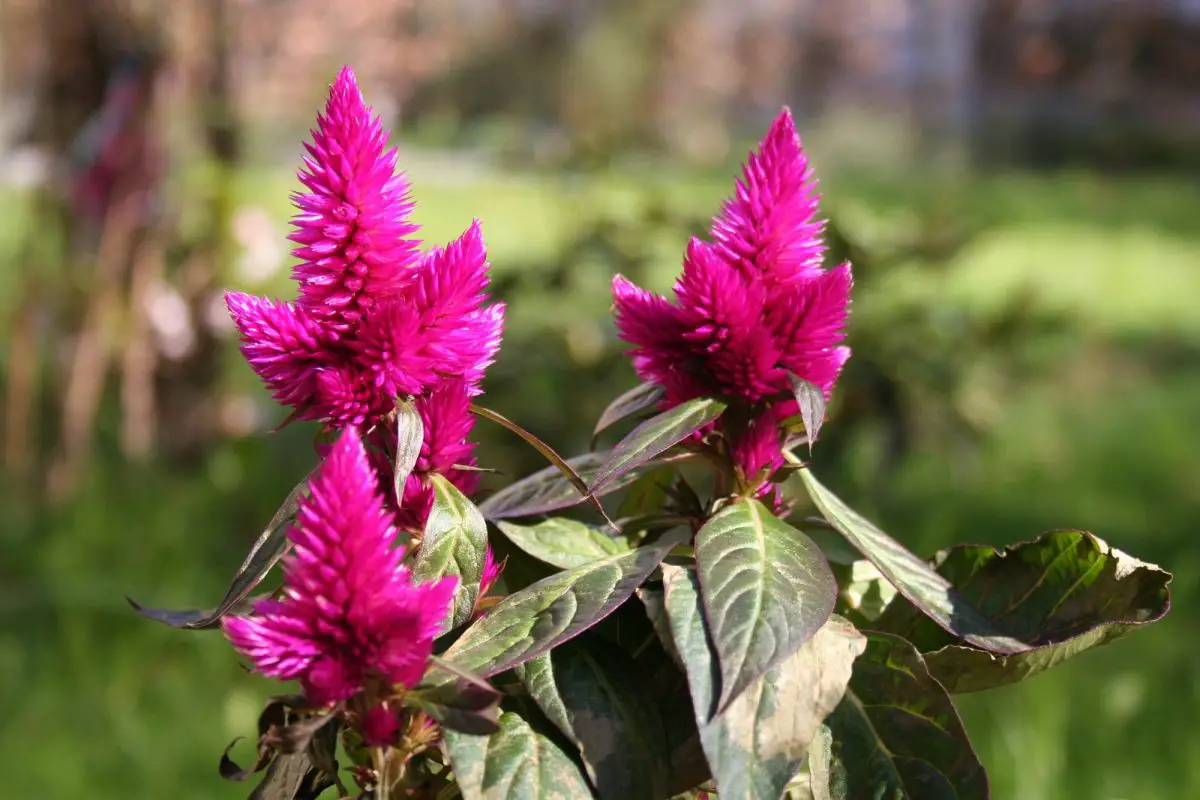
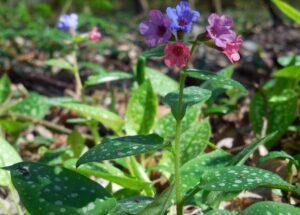
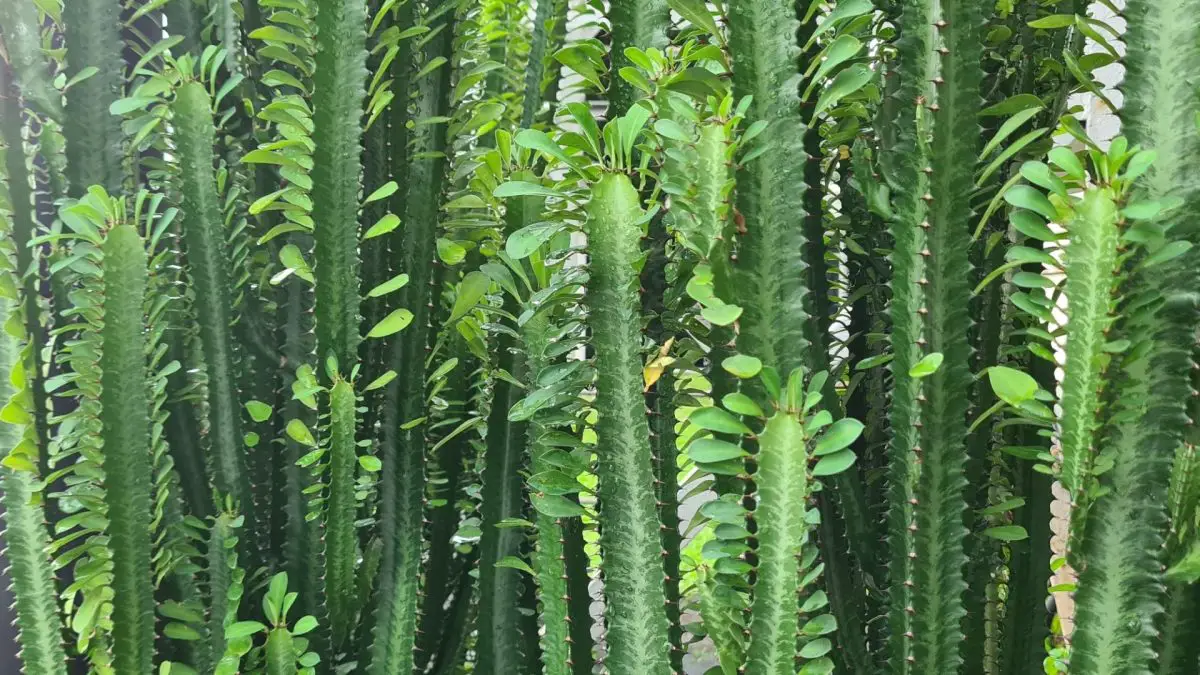
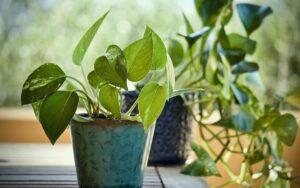
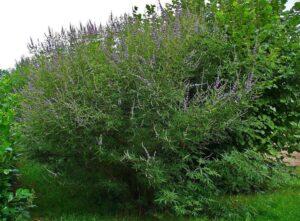
Start a new Thread